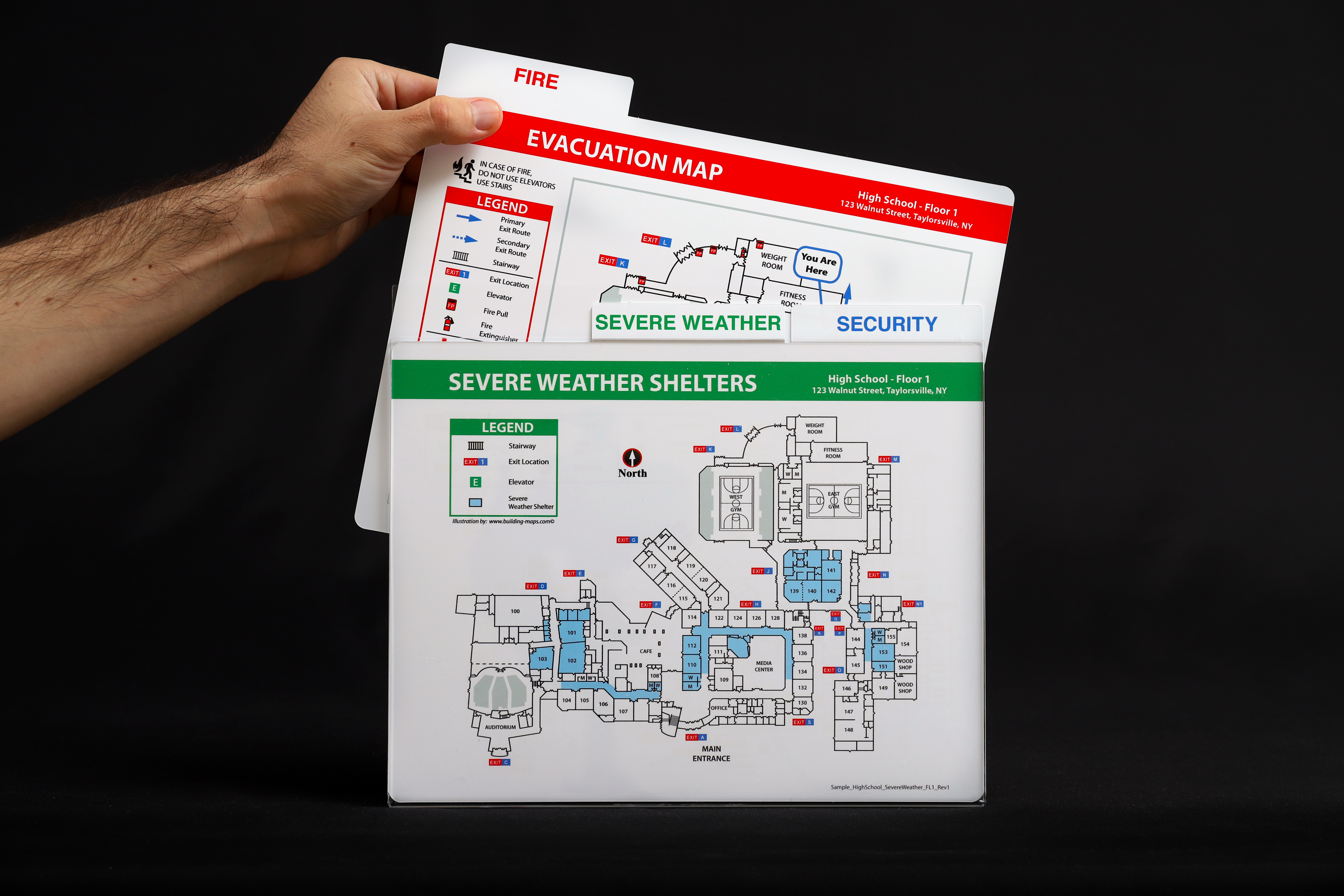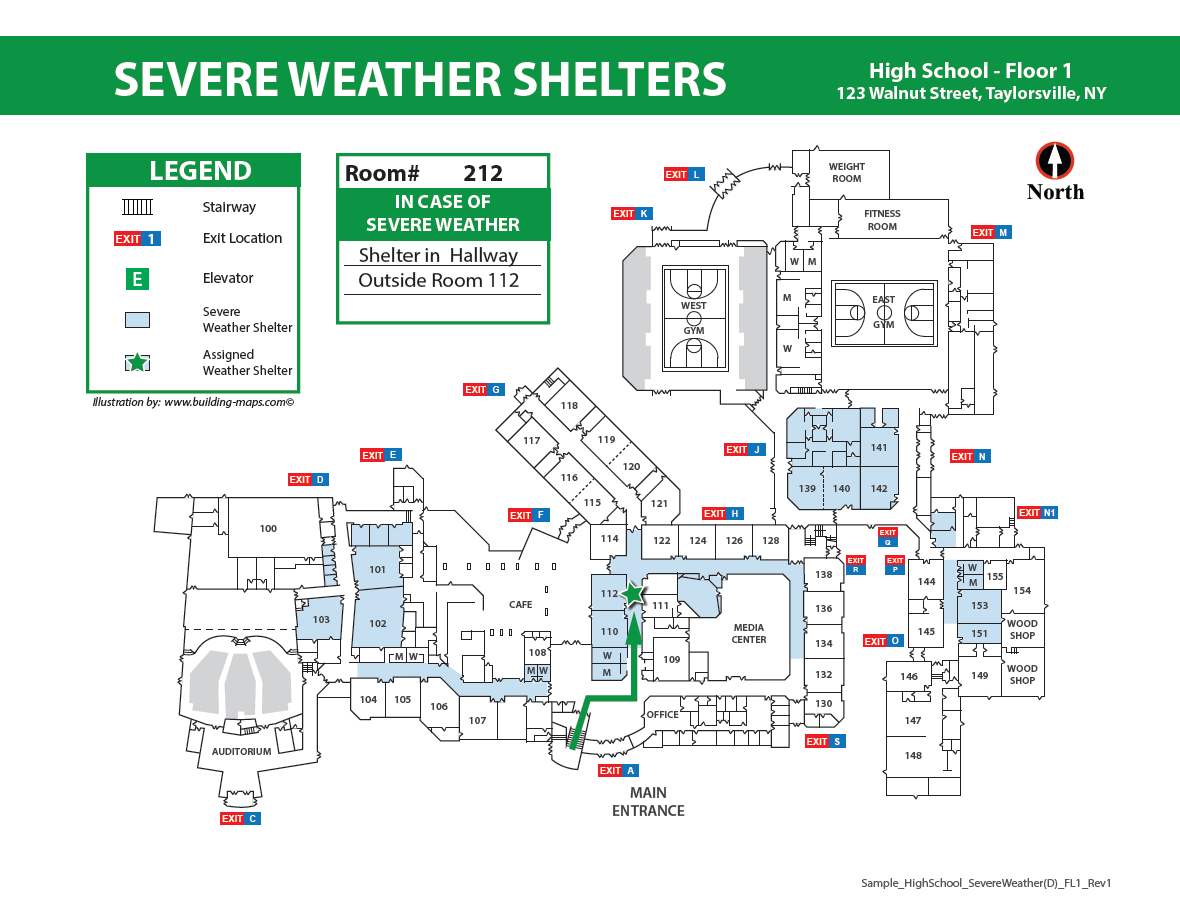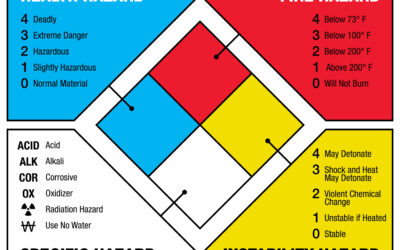A critical aspect of school safety is planning for all types of emergencies, including severe weather. While most tornadoes occur east of the Rocky Mountains, they have been documented in every U.S. state. The NOAA reports the U.S. sees an average of 1,245 tornadoes every year. To keep students and staff safe, you’ll need an effective plan of action that can be easily understood, even in times of crisis. We’ve gathered together some guidelines on how to approach preparations for school tornado sheltering, as well as the benefits that these actions will provide.
Be Specific
When putting together a plan for school tornado sheltering, there are usually two options available.
- Directing students and staff to a general sheltering area
- Directing each classroom to a specific sheltering location
While both are valid and safe options, determining specific egress routes and sheltering locations for each classroom will help prevent overcrowding of doors and hallways. Schools already use a similar approach during fire drills and it’s logical to carry this tactic over to tornado sheltering. Taking time to plan the exact route each class will take to a specific sheltering location will cut down on confusion during an emergency and help everyone arrive safely.
Be Precise
Preparing for tornado sheltering doesn’t stop with creating a new plan—the information needs to be clear, convenient, and readily available to anyone. Because tornadoes can happen at any time, it’s best to remove unnecessary decision-making by a teacher during a drill or actual emergency. Providing exact instructions on where to go and how to get there is critical to classroom safety, especially on days that a new substitute teacher may be filling in. An emergency is the worst time to determine the best egress route, and precious minutes could be wasted while decisions are being made.
Take Preparation a Step Further
Providing a map or written instructions showing the exact designated shelter area for that class is of paramount importance. To take this a step further, consider having the ability for the teacher or substitute teacher to take the map out of the classroom and use it as a guide, facilitating ease of egress routing to the specific sheltering location. Despite regularly practicing tornado drills, it’s still possible to experience disorientation when the real thing strikes. Having a portable map or set of instructions to reference can be reassuring, guaranteeing order even in moments of panic or hesitation. Products such as our Tabbed Safety Maps make this even easier with clear labels to help teachers quickly locate the appropriate map.

Benefits
Assigning specific egress routes and tornado sheltering locations can only improve your school’s severe weather safety plan. Creating a more orderly egress routing to a specific shelter area can prevent teacher confusion when attempting to locate a non-occupied space for a class to shelter.
If a tornado strikes a multi-level school and half of the building is damaged, it’s easier to know which classes are affected and which were sheltered. You can then give first responders a map of shelter locations, allowing them to assess and handle the situation both efficiently and effectively.
A Plan You Can Trust
Here at Building Maps, we know that when it comes to school safety, you can never be too prepared. If you’re in need of a safety solution, tornado or otherwise, our team of building safety experts is here to answer the call. Contact us today!





